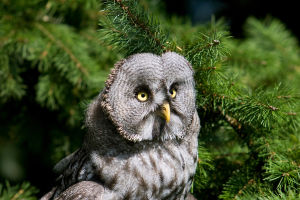Goldfish is easy to keep, it is colorful and beautiful. Goldfish have larger heads, including flat heads, goose heads and lion heads, with bumpy eyes and enlarged eyeballs. Goldfish come in many colors, such as white, red and black, with different body sizes.
Goldfish have strong adaptability and can survive in the water temperature of 0 to 39 degrees, but they cannot adapt to sudden changes in water temperature. Once the temperature suddenly rises or drops by more than 5 degrees, it will threaten the life of goldfish. It is more suitable for the temperature of 20 to 28 degrees. Here are some rare goldfish for you.
The first type is five-flowered gold, which is also called Kalikao gold. It is a hybrid of five-flowered gold and five-flowered gold. This goldfish has a pointed head and a round belly, a raised back, and a wide tail fin. It is a kind of ornamental Very valuable goldfish. The body surface of Wuhua Liujin is based on light blue, and the body is densely covered with red, black, white and blue spots, and the body is colorful. It is easy to raise, has strong adaptability, and is not picky about water quality requirements.
The second is Chaotianlong Blister, which is a special species of goldfish. It is named after its eyes are turned 90 degrees to look at the sky. There are two exquisitely carved blisters next to the eyes, which are very cute and are of ornamental value. Extremely high goldfish, the price of this species has been rising in recent years. Chaotianlong blisters is a newly cultivated variety, which is divided into flag-pulling Chaotianlong and light-backed Chaotianlong blisters. The feeding water temperature is 10-28 degrees Celsius, the water color is clear, and the water quality is soft.
The third type of dish-tailed goldfish,which is similar to the dragon-eye goldfish. It has well-developed eyeballs that protrude beyond the eye sockets. In addition, their tail fins are very developed. Beautiful, high ornamental value. Butterfly-tailed goldfish is the most beautiful, and the degree of inversion of its leading edge directly determines the pros and cons of a goldfish. Generally, the angle between the front edge of the caudal fin and the side of the body is between 90 degrees and 45 degrees, and the fin end reaches the gills or even near the eyes.

